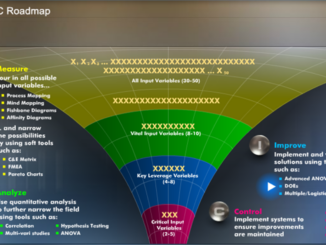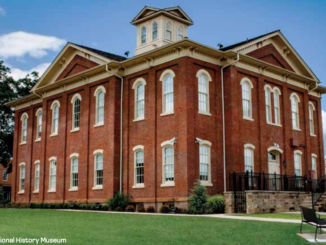When I left traditional hospitality 20 years ago and moved into the gaming sector, I quickly realized that the standard business model for selling hotel rooms needed to be revised. The casino business was vastly different and required a new set of rules to understand and follow to be successful.
In my previous article, “Techniques for Maximizing Hotel Rooms”, I focused on ways to drive more play in the casino instead of just through traditional yield management.
“Rooms as a tool to increase play in the casino is becoming critically important as operators maximize rates based on demand and measured against player worth on the floor. Simply put, we are no longer just trying to maximize room rates blindly. By taking a holistic approach to the value of each room, while leveraging play, we can make smarter decisions about ‘whose heads are in our beds.’
The classic casino example is when the hotel is sold out, and a host wants to put a player into a room or suite, displacing a cash guest. Casino hoteliers know this is a good decision as the host will justify the player’s theoretical value as a much greater value to the property.
Today we look beyond a reactionary decision on rooms and move towards a strategic effort to “incent” tiered players to stay, knowing their value in advance.”
This gaming-focused decision of yielding rates and occupancy remains accurate; along with targeted marketing campaigns, casino hoteliers can increase hotel rooms while concurrently having greater participation on the gaming floor.
The latest method is to position the hotel as a profit center and not as a lost leader or amenity of the casino. These properties can live in the same world together but differently by maintaining proper yield management while deploying a better rate value property-wide.
Casino vs. Hotel Profitability
We shouldn’t lose sight of the fact that the casino remains the primary business unit, whereas all other departments fall second on the financials. We should, however, treat the hotel as just as viable a business as gaming, leading to a new way of thinking about it as a for-profit center and not merely an amenity to the gamer and those other people who need a hotel room for the night.
I’m not suggesting casino hoteliers ignore the casino business model of providing for the player, but perhaps they could consider assigning a different valuation marker on the hotel room night. That marker is TVPOR or Total Value per Occupied Room. Like the value of each seat in a restaurant is essential to upselling and adding additional sales to improve overall revenues in Food and Beverage, TVPOR measures all of the income each room generates.
Player tracking cards and room charge accounts can easily track what is spent in the casino or charged to the room by each guest. Tracking that value, focusing on yielding rates, and generating promotions that increase incremental spending will grow TVPOR by making these measured metrics important to your organization.
“If you can’t measure it, you can’t improve it.”
Management Guru, Peter Drucker
Airlines have done an incredible job of selling an adjacent seat to the one you purchased for half and twice what you paid to someone else just by understanding demand and adjusting supply to work for their yield models. Hotels do not have that luxury, as the store is fixed, and demand cannot be generated with the rate. The demand is the demand. The rate can help convert demand, but the customer is still very fickle. They want the intangible with the tangible.
Casino offers might create some demand to entice someone to initiate travel when they aren’t looking. Still, for the most part, hotels must have a differentiating point from the competing hotel down the street to capture a guest’s purchasing decision. Even loyalty programs do not induce new demand and may derogate overall revenue and TVPOR.
Take the following example of 100 rooms with an average annual occupancy of 70% and using traditional metrics for rate and spend for casino properties with a minimum of 800 slot machines, with table games, three restaurants and bars, and some extra entertainment, including, but not limited to concerts, theater, bowling, spa, pools and or golf.
| Casino Rates + Rack
100 Rooms @ 70% Occupancy 10% Comp Casino Rooms 20% Casino Rates $100 40% Yielded a Rate of $165
Annual Room Revenue: $3.1MM TVPOR: $85/night
|
Traditional Yielded Rates
100 Rooms @ 70% Occupancy 70% Yielded Rate of $165
Annual Room Revenue $4.2MM TVPOR: $115/night
|
TVPOR Model
100 Rooms @ 70% Occupancy 10% Comp Casino Rooms ($75) 20% Casino Rate + Spend ($225) 40% TVPOR Rate + Spend ($400)
Annual Room Value $7.8MM TVPOR: $214/night
|
Each of the first two example columns shows typical room rate yielding models, with the third focused on quantifying overall spending on the property to show the value of each room sold. The example is purely for illustrative purposes, to show how a hotel could measure the total value of each room holistically instead of calculating its value purely on the rate.
With good marketing campaigns, improving the TVPOR improves the overall operation of the property through capturing revenue and accounting it back to the occupied room night associated with the spend. This will allow you to understand better whom you are marketing to and why they have value beyond their casino play.





